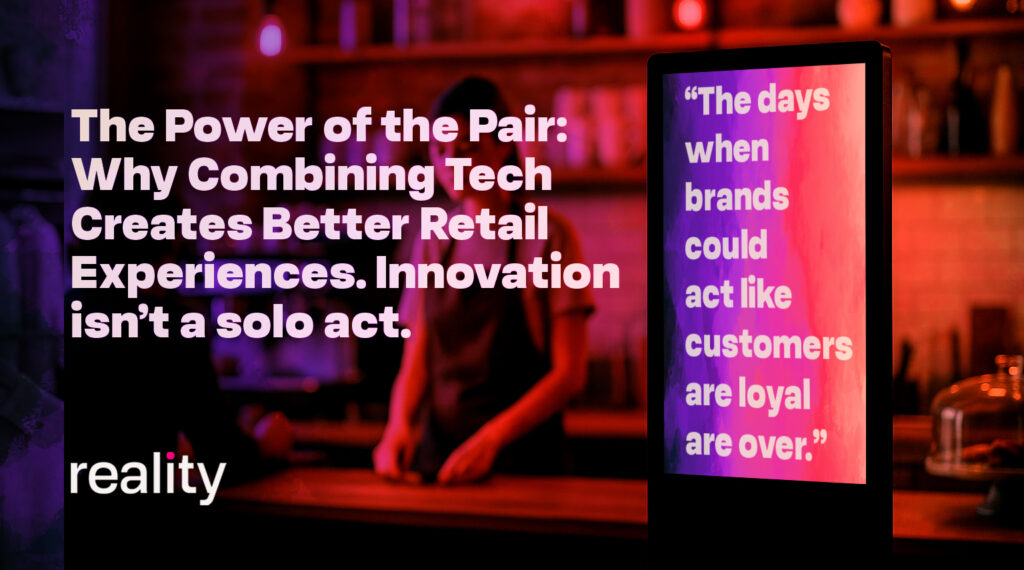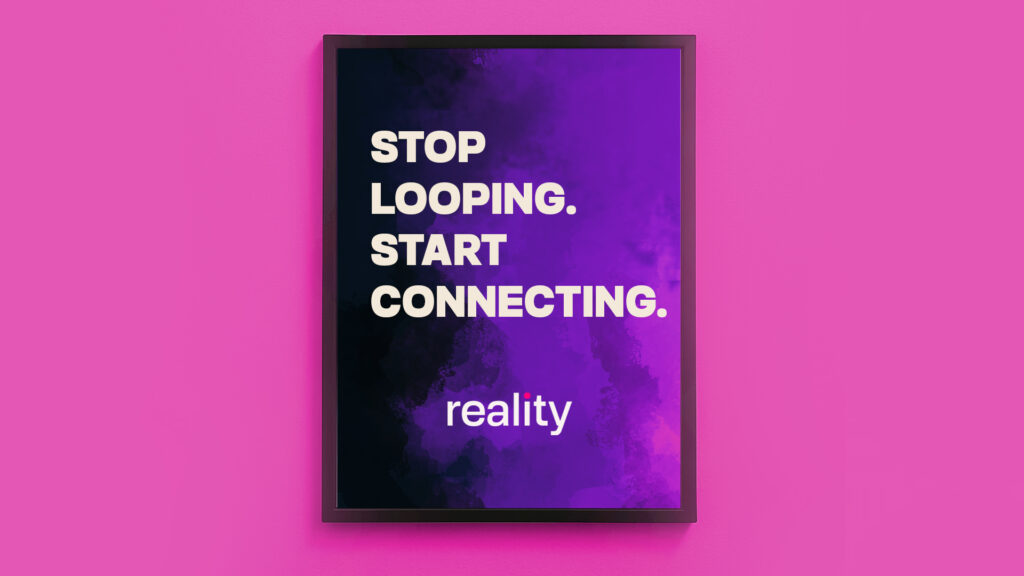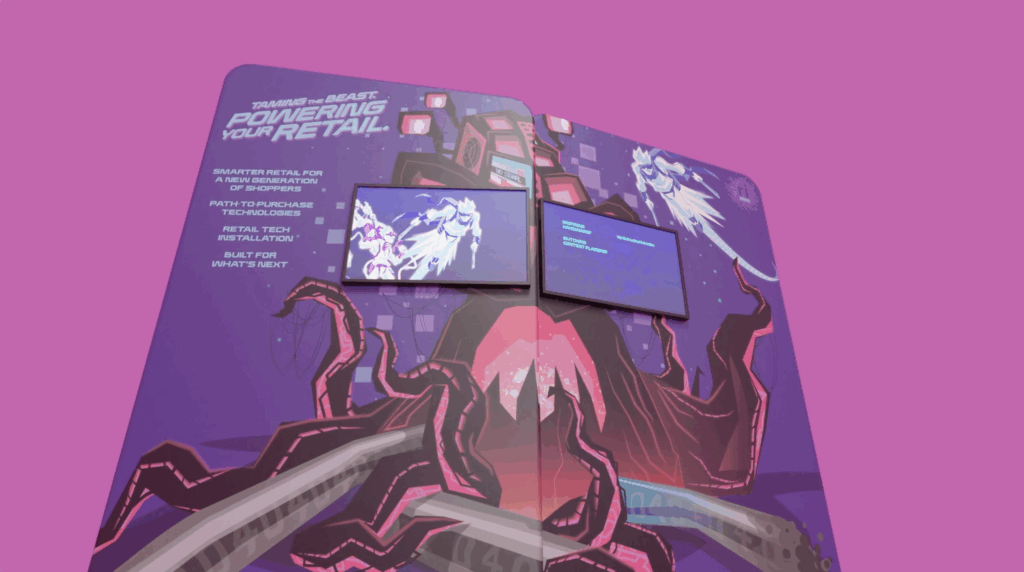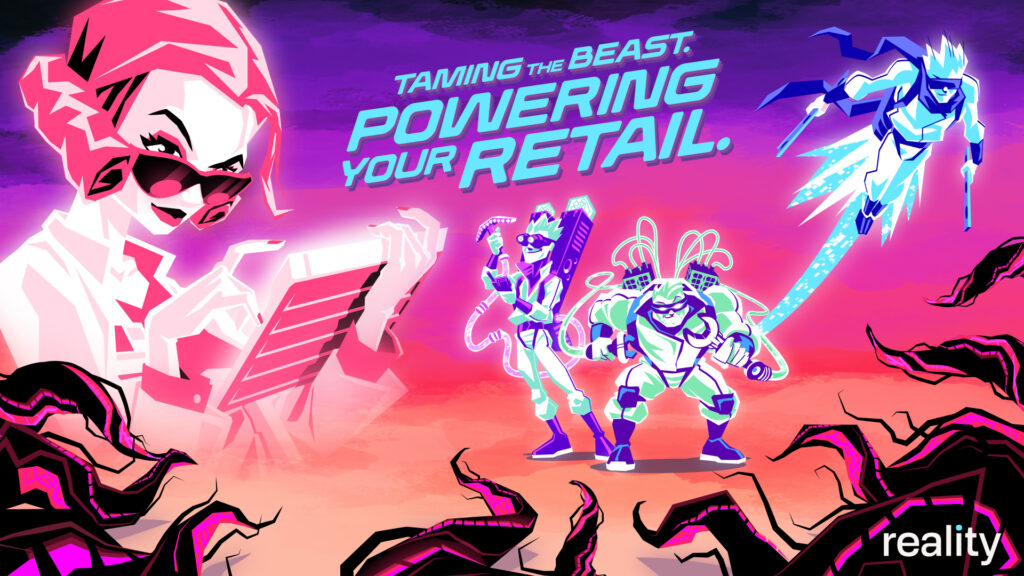Ok, now that I have provided a much-needed jolt to get your attention I will clarify what I mean with this dangerously bold, trope of a statement.
Physical retail is far from dead. If approached effectively with powerful digital solutions, physical retail can be massively impactful for brands who rethink the way they do things, and how they engage with customers.
But the term ‘Brick and Mortar’ is more outdated than an 8-track. Bricks and mortar are used to build walls, but customers want their purchase journey to be one seamless experience, whether that be physical, digital or both.
We have all spoken in nauseam over the past 2+ years regarding the acceleration of digital adoption rates because of the pandemic and the resulting sense of urgency for digital transformation strategies. The need for digital transformation in retail is driven by the needs and behaviors of the customer, not the brands they buy from. In short, we have entered the age of Customer-Driven Retail.
It was not long after customers realized their payment information was secure online and e-Commerce began its path to the inevitable BOOM, we began talking about the need for physical retail stores to differentiate themselves. To become more experiential, to become destination worthy. The hope was that the physical store would be so impressive and life changing that those customers would prefer to buy items there instead of quickly opening a browser window, or app, and clicking the ‘buy now’ button. The truth is that unless you are a brand like The LEGO Company or maybe Nike you most likely do not have a devoted, ravenous customer-fan base that will follow you to the end of the earth, just to have the honor of experiencing your brand in a physical location. When we step back, take a breath, and look at retail challenges holistically, one can’t help but ask the following question:
Why does it matter where a customer buys the product if the product is getting bought?
A possible answer to this question is complex and it is intrinsically connected to when that company was started, their organizational structure, internal sales targets, and how they first began selling their products. Once companies recognized that e-Commerce could be a powerful sales channel in the mid-90’s and in to the 2000’s, many of them built separate e-commerce marketing teams. These teams had their own sales goals (often to help justify their existence) which in-turn set up a scenario where the physical retail and e-Commerce teams were competing for the same customer. Brainstorms began on both sides to come up with creative and innovative ways to lure customers from one channel to another, ignoring the opportunity to figure out how all channels can occupy their own unique place in each customer’s chosen purchase journey. We are still seeing the effects of that siloed teams dynamic now.
Physical stores are struggling and calls for more experiential ideas to guide customers back to retail are increasing. Bring in a 5-star chef to hold cooking classes, free yoga 3 days a week, anything but redefining what the purpose of physical retail has become, why customers will go there, and how the store can fit in to that customer’s chosen path to making a purchase. Customers cannot be swayed off this path because for the first time they are in control, and their lives have become easier because of it.
There is no doubt that viewing the future of physical retail as an amazing opportunity instead of an oppressive challenge requires a massive mindset change, but it is possible. Many younger successful brands are opening more retail locations. Online retailers such as Allbirds and Warby Parker are planning aggressive expansions of their physical footprint as customers return to stores. But what makes these companies successful is that they are using physical retail as an extension of the overall customer experience rather than a replacement that will cannibalize sales from either channel. They are opening physical stores based on some of their customer’s needs that online can’t fill. As a result, their shopping channels work in unison offering a truly frictionless experience with a singular customer at the center of it. This approach is without a doubt a reflection of the team’s internal structure. These companies are leading with digital transformation strategies and their customers are benefiting from the digital solutions they are creating to support the brands and the products they provide.
At Reality, we use design thinking to create channel agnostic, customer-centric digital experiences, that bring brands to their customers, where and how they choose to shop. Our digital transformation solutions help our customers navigate this new world of Customer-Driven Retail. Learn more here.
Author: Jeremy Brazeal, Creative Director, Reality Interactive.






